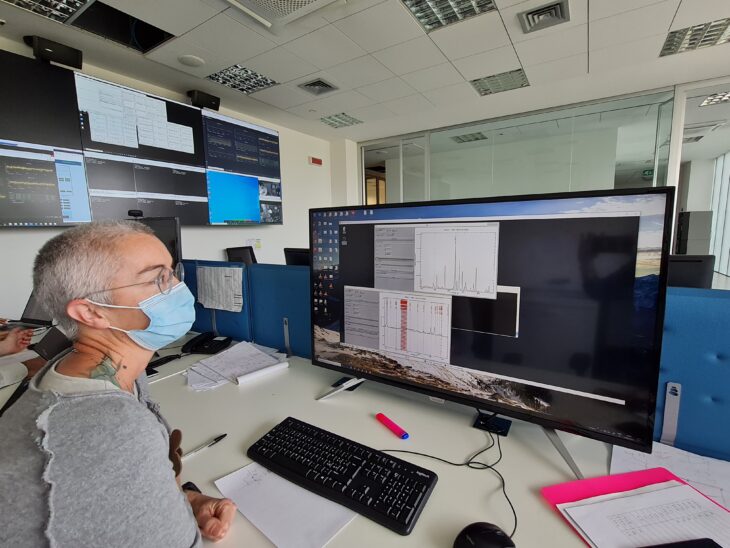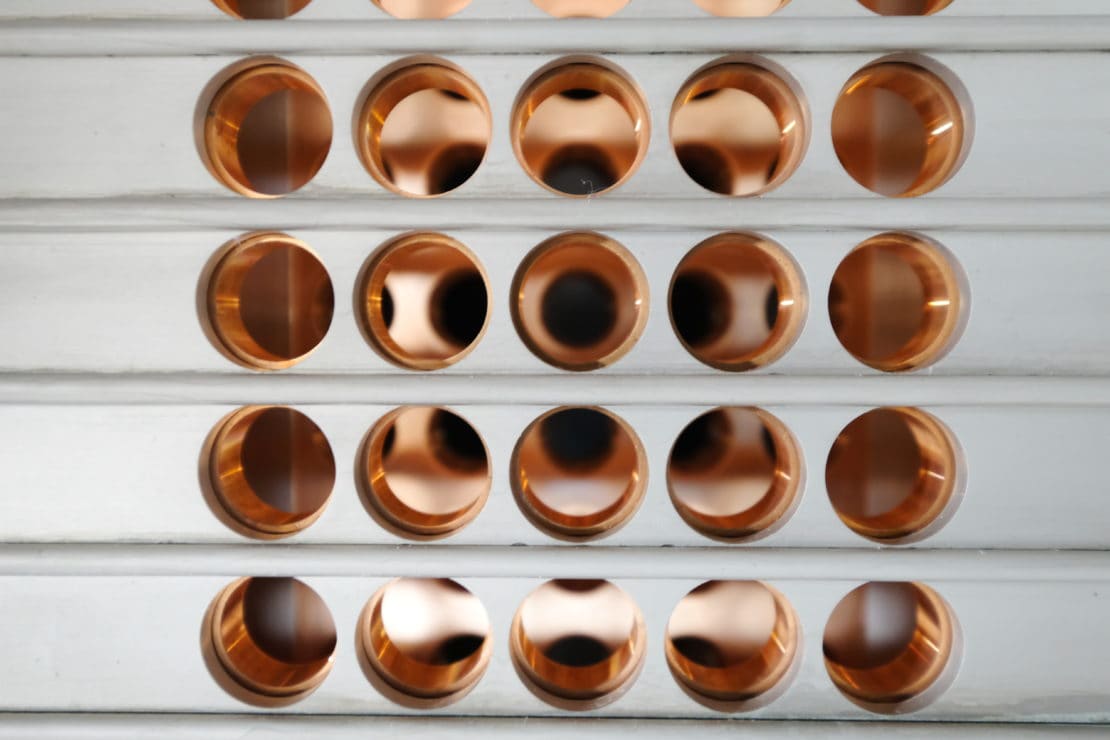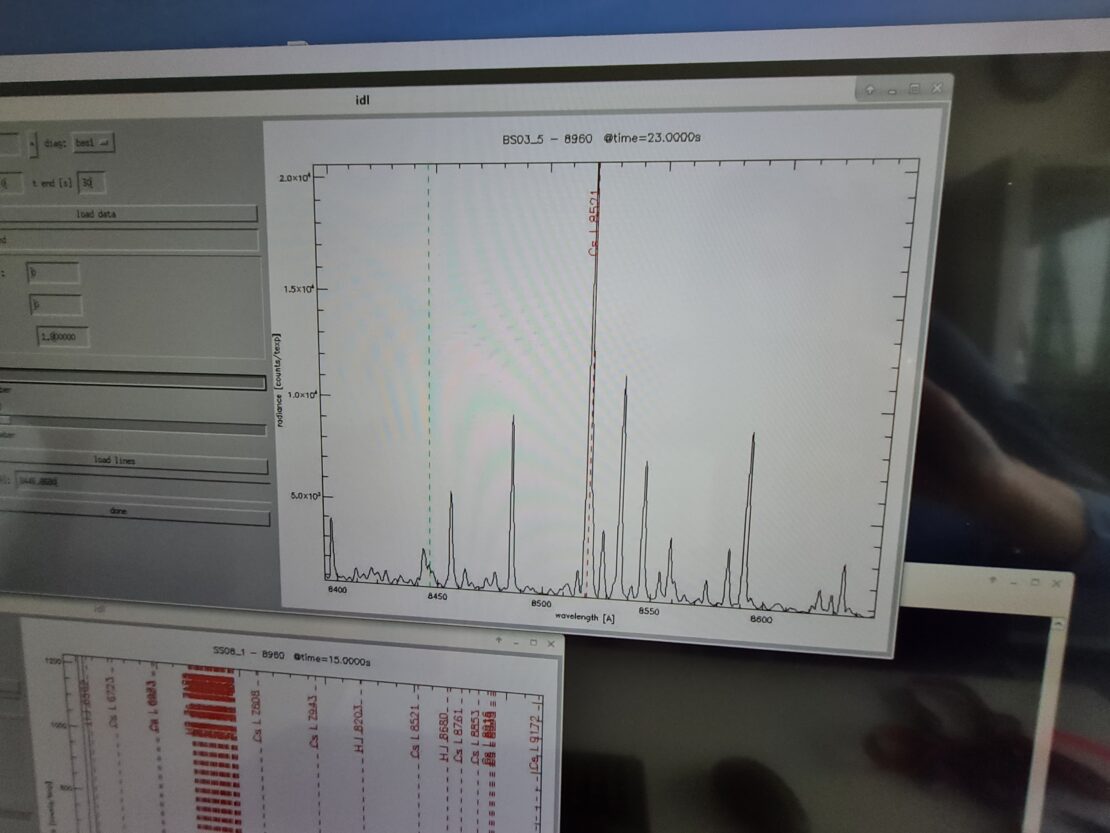
In negative ion sources such as SPIDER, the use of Cesium is essential to obtain an adequate amount of negative ions that can be accelerated.
The SPIDER experiment is a prototype for the development of the technology needed to build the source of MITICA, the prototype of the ITER neutral injector. Neutral ion injection heating will be the main heating system of ITER, the future experimental fusion reactor under construction in Cadarache, France. The temperatures of the ITER plasma will have to reach 150 million degrees, 10 times hotter than the core of the Sun, and the technology developed in Padua will be indispensable for achieving this goal.
Cesium is an alkaline metal with a silver-gold color, soft and ductile that has low ionization energy; a very interesting feature because it significantly favors the formation of negative ions. Cesium is used in SPIDER in the form of vapor. The Cesium system consists of 3 evaporator ovens placed in the plasma chamber.
More in detail, in SPIDER there is:

The 8 drivers of SPIDER form the plasma, which forms negative ions coming into contact with the first grid, the plasma grid. To increase the quantity of negative ions produced, Cesium will be inserted into the SPIDER source. This Cesium vapor should adhere to the plasma grid wall to create a cesiated surface that will significantly increase negative ion production. The experimental campaign now underway aims to find the best Cesium density range to obtain the maximum production of negative ions. To analyze the exact quantities of cesium introduced and its concentration on the affected grid surface, three diagnostic systems come into play:

The first two spectroscopic diagnostics have the task of evaluating the quantity of Cesium present in the different areas of the source, defining how it is distributed, while the surface ionization detector measures the quantity of gas introduced into the source.
The experimentation will last 4 months and will focus, during the first two months, on the study of the parameters of the Cesium flux starting from the data produced by other research groups. In the second phase we will work on the optimization of the parameters for the greater production of negative ions first in hydrogen plasma and then in deuterium.